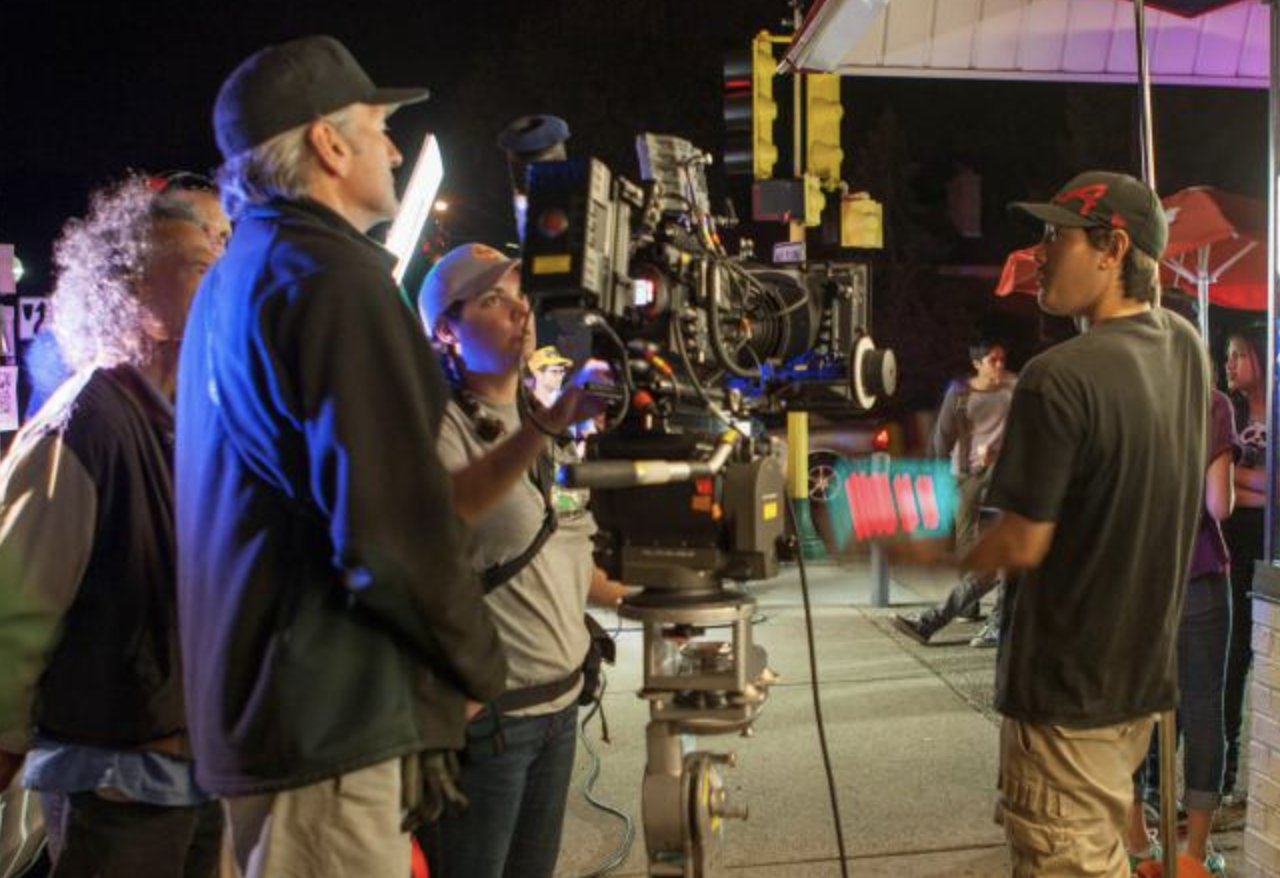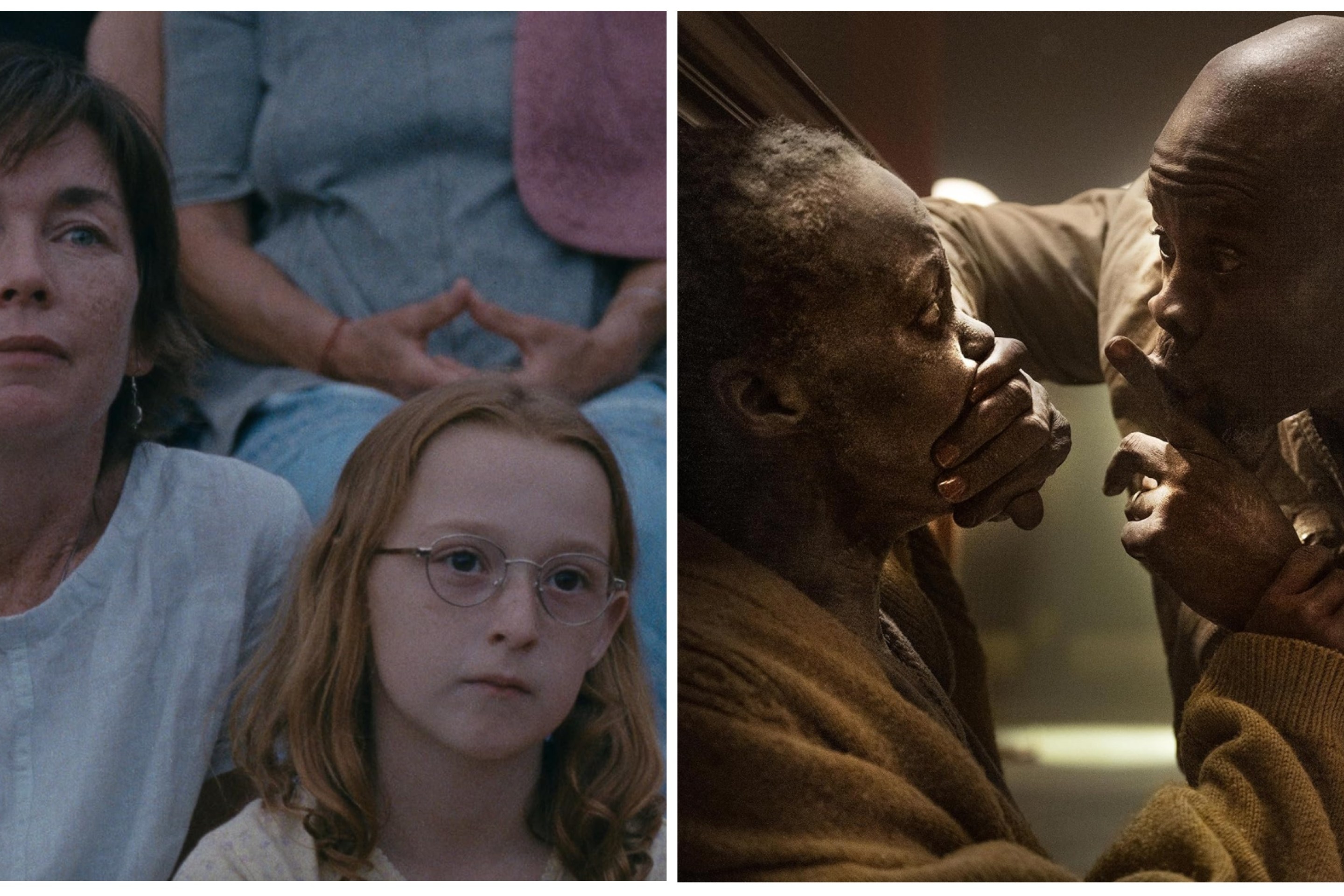After a big push from the local film industry, the state legislature updated the Minnesota Film Tax Credit Incentive in 2023, raising the total budget for the incentive from $5 to $25 million a year.
But those involved with the state’s film scene say Minnesota still lacks the time and workforce to make it a real competitor in the film industry.
In addition to a 25% income tax credit, the incentive offers a 15% tax credit for money spent on technical crew members, or “below-the-line” workers, who are Minnesota residents.
Riki McManus, chief production officer at the Upper Midwest Film Office, says many people have been pushing for a more competitive incentive for years. (Currently, 38 states offer an incentive of some kind.)
“We weren't even in the game unless we had incentives,” McManus says.
It wasn't always this way. In 1983 the nonprofit Minnesota Film & TV Board was created, and it enjoyed the robustly state-funded "Snowbate" program that spurred a '90s boomtime for filmmaking in Minnesota—Fargo, A Simple Plan, and Drop Dead Gorgeous, to name just a few.
"I think it’s a huge mistake that Minnesota is no longer a filming destination," former Gov. Arne Carlson told Racket in 2021. "It means so much to the state, there’s no better place outside of Hollywood to shoot a film than Minnesota."
But while eight productions, including Marmalade starring Stranger Things actor Joe Keery and the Hulu Original Merry Kiss Cam, have recently received tax credits, there remains $53.7 million left to be allocated for this year, according to the Minnesota Department of Employment and Economic Development.
One reason the funds aren’t being disbursed: The state lacks a government film office.
“We are the only office in the country that has a nonprofit office. And it really doesn’t make sense,” McManus says. “I can see why it was started that way, but a nonprofit has to raise their own funds.”
Though McManus says it does receive some government help, most of the fundraising falls onto the office itself. This hinders the office’s ability to market the state to filmmakers outside of Minnesota.
In addition, Minnesota needs to build up its crew base to really pull people into filming in the state, says Robert Ndondo-Lay, a Minnesota filmmaker and the director of engagement and advancement at Film North.
Ndondo-Lay looks at three factors when choosing to film somewhere that is not a major film location: incentives, crew base, and infrastructure. A crew base includes people who work behind the scenes on a film; infrastructure includes casting agencies, actors, and stages that support production, equipment, and props.
“If you do not have those things, then what can often happen is the incentive that you're getting back starts to balance out because now I need to fly in more crew and then put them up in the hotel,” he says. “I need to spend more money flying in a camera or purchasing clothes instead of having a rental house that has costumes.”
Getting a crew base that’s within the state of Minnesota benefits the production company as well as the residents. If a crew member is flown in, the production company will not receive compensation from the state incentives for what they paid that employee. However, if a crew member is a Minnesota resident, they will be compensated for what they pay them.
The Twin Cities has a large crew base, which is important because productions typically base themselves in cities, says Brian Simpson of the International Alliance of Theatrical Stage Employees (IATSE). However, areas such as northern Minnesota and the Iron Range still need to build up their crew base.
The best way for people to learn and gain experience is to actually work on a set. Organizations such as MN Film & TV, Film North, and Upper Midwest Film have started workshops that give Minnesota residents the opportunity to gain that experience.
In 2021, the Upper Midwest Film Office hired Matt Roy and his business partner, Nicklaus Swedlund, to create a workforce development program. Roy now works on a yearly contract with the film office and is in charge of workshops that train below-the-line workers in Minnesota.
In March, Roy helped run a two-day production assistant workshop with around 26 participants. The session covered the responsibilities of a production assistant and basic information important to the job, such as set etiquette, hierarchy, and jargon.
In January, the office held a three-day introductory workshop, which provided an overview of how a film production operates. In February, they held a hair and makeup workshop for around 15 participants.
While Upper Midwest focuses mostly on northern Minnesota and those in the Iron Range, they also try to make their workshops available to people throughout the state.
“We make it accessible for students to take these programs, even if that means we’re putting up people in hotels to get them up from Minneapolis or Duluth for a weekend,” Roy says. “If we can fit in the budget, we do as much as we can to make these accessible for people to be in.”
Simpson, who was a part of a group who lobbied for changes to the incentive, says the goal was to expand the job base and bring new people to the industry, not just sustain older ones.
Kellie Larson, a local IATSE’s business agent, has been working with INSPIRE MSP to introduce high school students to the world of advertising, film, and television.
IATSE has a training trust fund supporting members looking to develop their skills through workshops and certifications. The local IATSE is working on getting more of these going, specifically workshops that focus on individual jobs throughout the industry rather than the safety classes they have had in the past.
Roy says he wishes there were more educational programs throughout the state that are as accessible and as frequent as the ones held up north.
“The interest is growing. So, it’s never an issue of putting butts in the seats,” he says. “It’s more of an issue of just having the money to continue to do these for the next five years.”




